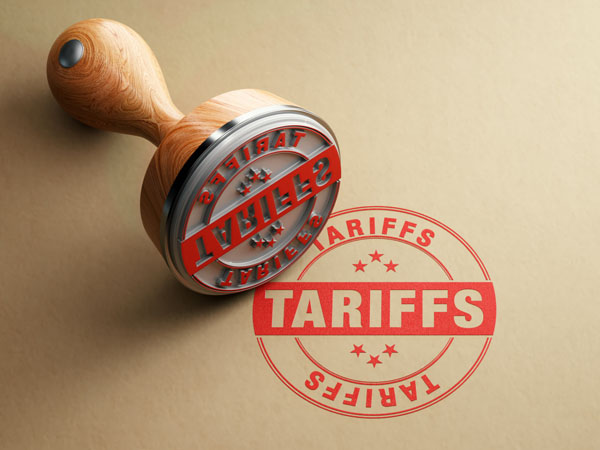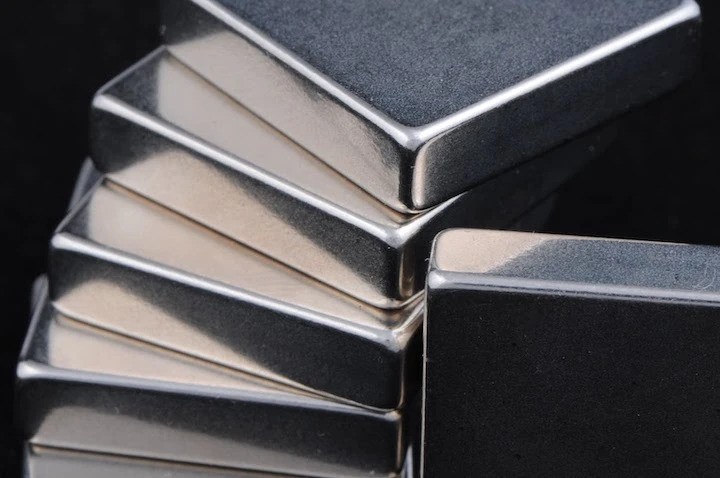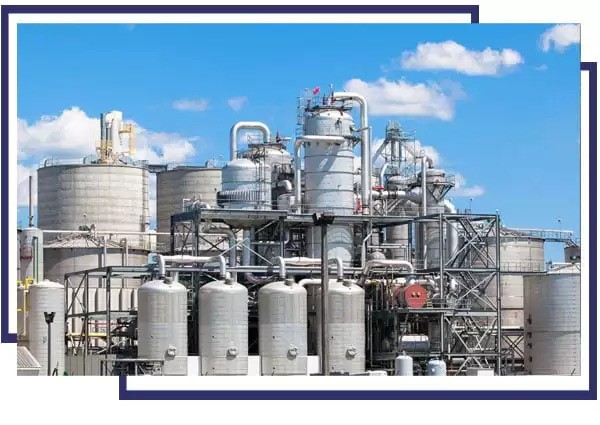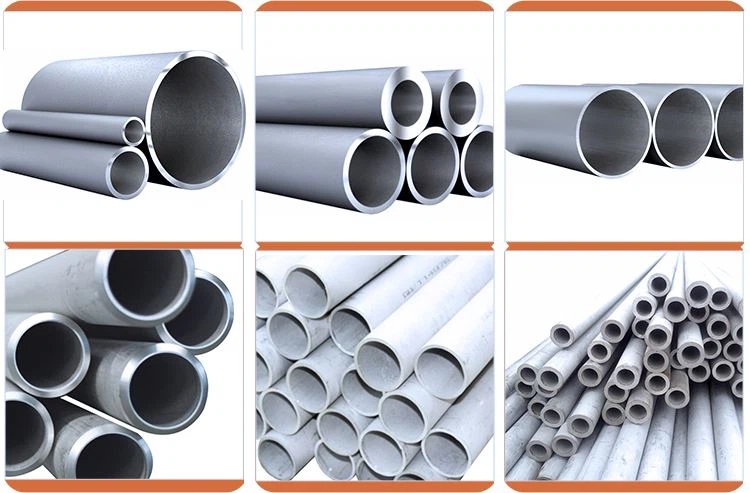





Phone
+86-731-82250427
Address
25th floor, C3 Building, Wanda Plaza, Kaifu District, Changsha, Hunan Province, China.
 May 24 2023
May 24 2023Stainless steel is the abbreviation of stainless and acid-resistant steel. Steels that are resistant to weak corrosive media such as air, steam, and water or are stainless steel are called stainless steel; and those that are resistant to chemical corrosion media (acid, alkali, salt, etc.) The steel grade is called acid-resistant steel.

stainless steel seamless pipes
In practical applications, steel that is resistant to corrosion by weak corrosive media is often called stainless steel, and steel that is resistant to chemical media is called acid-resistant steel. Due to the difference in chemical composition between the two, the former is not necessarily resistant to corrosion by chemical media, while the latter is generally non-corrosive. The corrosion resistance of stainless steel depends on the alloying elements contained in the steel.
Austenitic stainless steel, ferritic stainless steel, martensitic stainless steel.
Based on these three types of basic metallurgical structures, for specific needs and purposes, dual-phase steels, precipitation hardening stainless steels, and high-alloy steels with an iron content of less than 50% have been derived.
The matrix is mainly stainless steel with face-centered cubic crystal structure of austenite (CY phase), non-magnetic, and mainly strengthened by cold working (and may lead to certain magnetic properties). The American Iron and Steel Institute uses numbers in the 200 and 300 series, such as 304/304L.
The matrix is mainly a ferrite structure (phase a) with a body-centered cubic crystal structure. It is a stainless steel that is magnetic and generally cannot be hardened by heat treatment, but can be slightly strengthened by cold working. The American Iron and Steel Institute uses 430 and 446 as labels.
The matrix is a stainless steel with martensite structure (body-centered cubic or cubic), which is magnetic, and its mechanical properties can be adjusted by heat treatment. The American Iron and Steel Institute is marked with the numbers 410, 420 and 440. Martensite has an austenite structure at high temperatures, and when cooled to room temperature at an appropriate speed, the austenite structure can be transformed into martensite (that is, hardened).
The matrix has a two-phase structure of austenite and ferrite. The content of the lesser phase matrix is generally greater than 15%. It is a stainless steel that can be strengthened by cold working. 2205 / 2507 is a typical duplex stainless steel. Compared with austenitic stainless steel, dual-phase steel has higher strength, and has significantly improved resistance to intergranular corrosion, chloride stress corrosion and pitting corrosion.
A stainless steel whose matrix is austenite or martensite and can be hardened by precipitation hardening treatment. The American Iron and Steel Institute uses numbers in the 600 series, such as 630, which is 17-4PH.
Generally speaking, in addition to alloys, the corrosion resistance of austenitic stainless steel is relatively excellent. In a low corrosive environment, ferritic stainless steel can be used. In a mildly corrosive environment, if the material is required to have high For strength or high hardness, martensitic stainless steel and precipitation hardening stainless steel can be used.
